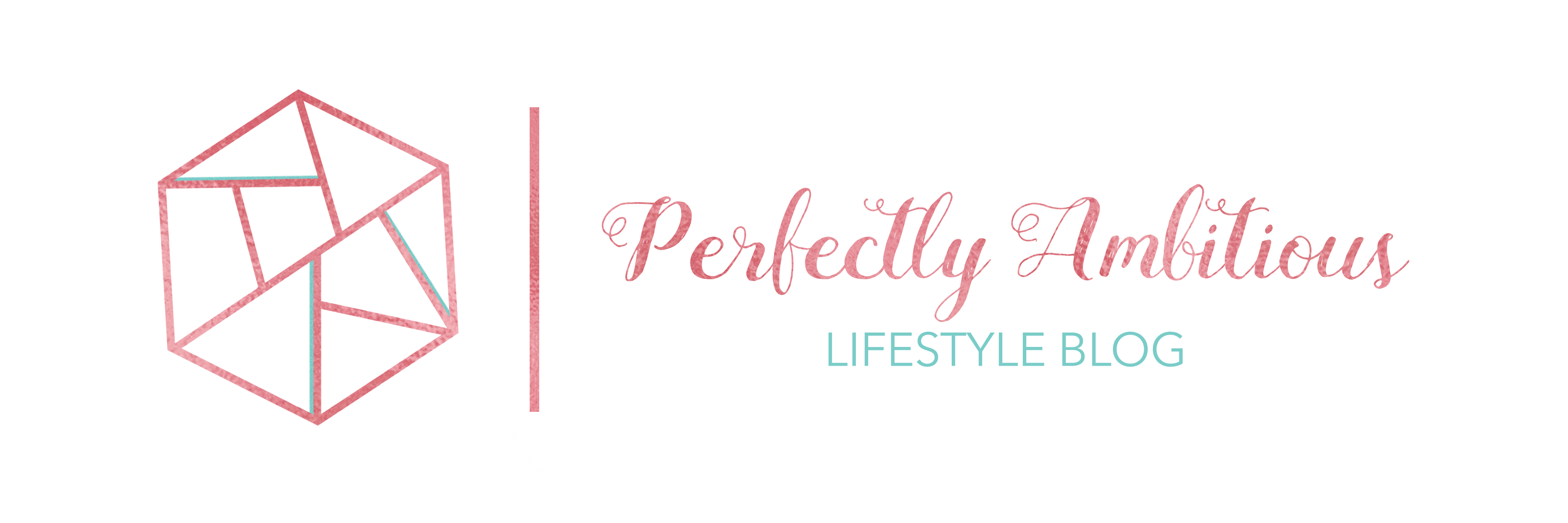Picking Your Plot Points + a Free Worksheet!
6:00:00 PMAs you know, I've started writing a series about writing my novel! I've previously written three posts in the series and you can find them below:
Today, I'll be diving further into each of the plot points that I mentioned in my previous post, How I Organize My Novel.
As I've mentioned before, my novel is broken down as follows:
- There are four acts (well, technically three)
- Each act has two sequences.
- Each sequence has three to five chapters.
- Each chapter has three or more scenes.
Within those pieces, I have eight main plot points.
- Inciting incident
- Lock-in
- 1st obstacle
- 1st culmination
- Subplot obstacle
- Main culmination
- Third act twist
- Resolution
Of course, after doing more research, I realized that wasn't going to work out too well. So, I started looking up more information on the three act version of novel plotting and came up with a list of the most important plot points.
And while I didn't have the material for each and every one of them, I was able to come up with new material that bettered my story and I want to help you do the same! So, here's a little bit more information about each of these plot points!
1. Inciting Incident
The inciting incident, also known as the point of attack, will occur in the first couple pages of your novel, but often occurs halfway through the first act. The event will be one that opens up future possibilities for your main character. It is used to set up possible tension to come and it's a crucial component used to engage your audience. Mainly because, the main character will need to go through this event, in order to obtain their main objective.
2. Lock-In
The lock-in can usually be found in sequence two towards the end of act one. The reason this plot point is considered the "Lock-in" is because the protagonist can no longer return to their feeling of normalcy. In fact, backing out is nearly impossible. Whether they're literally locked to something or their back up plan has been ruined, the possibility of getting out is zero to none. Whatever this lock-in may be, it is important to note that it will set up the central predicament for the main character. Not only that, but protagonist can't walk away, due to the stakes, and is instead pushed into a different direction.
3. 1st Obstacle
The first obstacle has been called many different things: rising action, raising the stakes, the first act break, etc. Personally though, I just call it the first obstacle. In my writing, I use this as a place to not only build off of the tension from the lock-in scene, but also to build up to my midpoint. I like keeping my readers on their toes, especially since I always want to give away too much information. So, obstacles are always a go to in my book! Other authors like to use this as a place to stir in some drama or throw the main character into a new location, but that's not a hard and fast rule that you need to follow.
4. 1st Culmination
The 1st culmination, also known as the midpoint, usually occurs halfway through act two and it is either a success or a failure. Whatever it is, it should mirror the end. So, if it's a tragedy, then the 1st culmination should be a failure that will lead to the ultimate failure; and if it's a victorious ending, then the 1st culmination should be a success that later leads to the ultimate success. When writing the actual scenes, it's important to remember that the midpoint has a huge effect on the plot.
5. Subplot Obstacle
One of the common problems that writers can face is a little thing called the "second act drag." Lucky for you, there's a solution! And it's as simple as including a subplot in your novel! Out of all of the plot points, I think this one was the easiest for me to plan. I had already had a subplot that I was working with and I knew how I wanted it to end, so I had already begun brainstorming ideas that could lead up to that point. So, once I found out that a subplot obstacle was part of my outline, I just had to pick one of the ideas that I already had in mind. Some common subplots include: friendships, relationships, careers, secret missions, and more!
6. Main Culmination
The main culmination, also known as the climax, is the highest or lowest point of the protagonists journey so far. When planning the climax for your novel, it's important to note that usually, there are two sequences between the 1st culmination and the main culmination. If you read my post, How I Organize My Novel, you will see that I followed the same pattern. During this plot point, the climax is represented by a major success or failure. Before you decide which one though, it's important to note that this event normally brings your protagonist's second act objective to a close. And since they've dealt with their second act objective, the climax will propel them towards a new goal in the third act.
7. Third Act Twist
As I'm sure you can guess, the third act twist does come during the third act, usually between sequences seven and eight. In order to effectively use this plot point, the third act tension needs to be established early on in sequence seven. In addition, your entire writing style will alter a little bit too. The timing will be faster paced, the scenes will be shorter, and the setting will be simpler. The reason that this twist is different from the others is because this one actually changes the overall plot of the story. This is the twist that has the chance of ruining the protagonist's chance at achieving the third act objective. Some author's refer to this plot point as the "ultimate show-down" scene.
8. Resolution
The resolution is the end of the story. No matter the outcome, this is what your readers have been waiting for! It's the reason they kept on reading! As I mentioned earlier, some of the obstacles and culminations will have foreshadowed what the final outcome would be, whether it be good or bad. Whichever one you decide on, make sure that you follow through with it until the end! This is the time when readers are going to want clarity. They'll want all of their questions answered and they'll want their version of a happily ever after. So, make sure you're that you're thinking about that. Of course, don't give too much away either!
* This printable is available for personal use only! *
Hows your novel planning going? Tell me in the comments!
Join the Perfectly Ambitious Newsletter!
Sign up for our latest content, products, and coupon codes!







0 comments